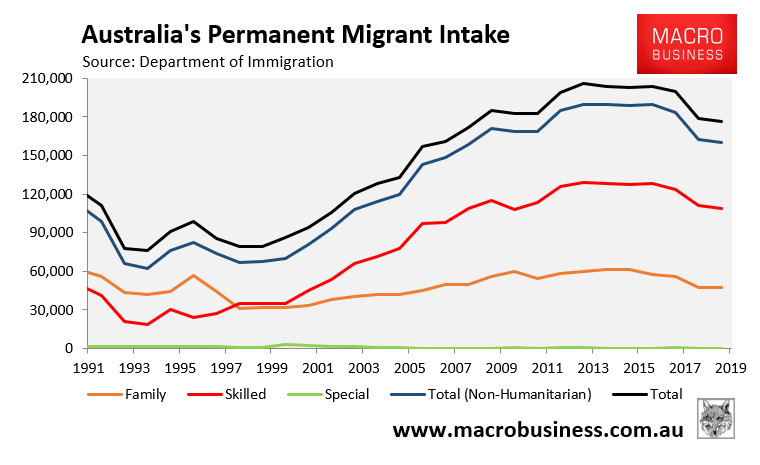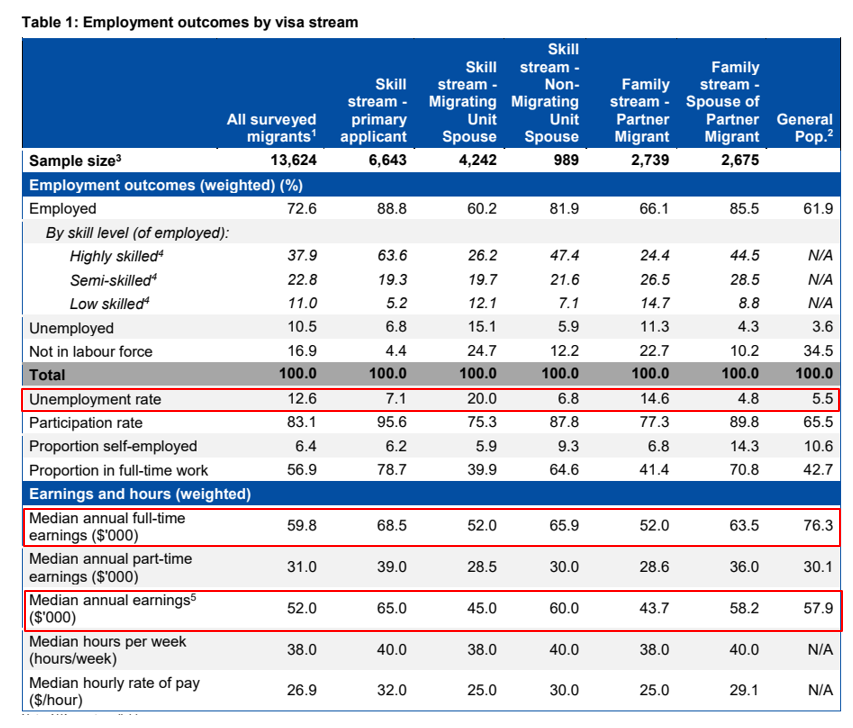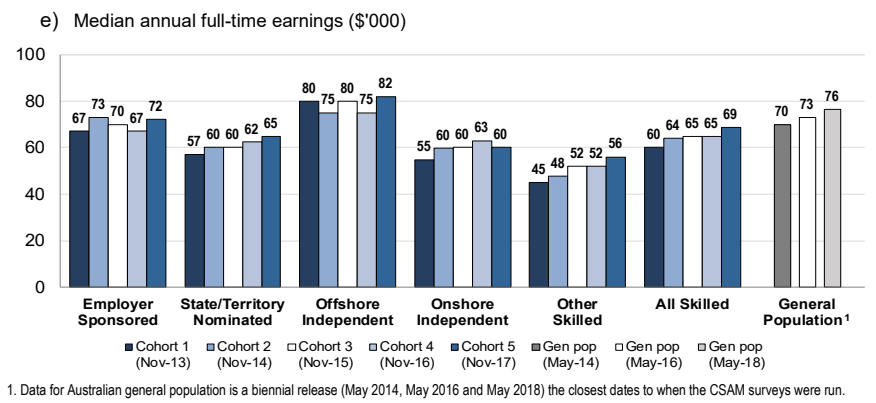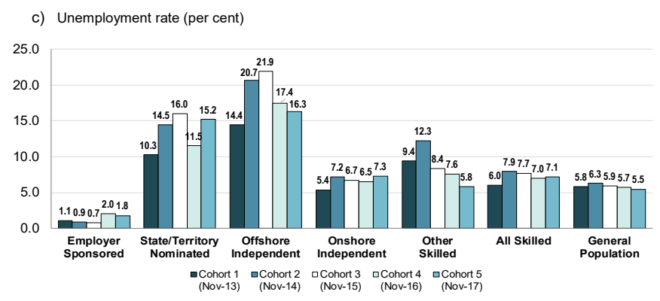The global COVID-19 pandemic is expected to have long lasting impacts on Australia’s skilled visa system, with entry to key source nations like India likely to be closed for an extended period:
On Monday, India recorded a daily spike of new cases by over 9,000 for the fifth straight day, while its most industrialised western state of Maharashtra alone surpassed China’s coronavirus tally of 83,036 cases.
[Minister for Immigration Alan Tudge] said many of Australia’s source countries for migrants, “for example, India,” are still grappling to control the outbreak, so it will be some time before a decision is made to lift travel restrictions.
“At the moment, we know that many of our source countries still have great difficulties in terms of the virus going through their countries, you know, think about India, for example, and so it will be still some time to come before we have open and free borders. In fact, it may be that we need to have a global vaccine before we have open, free borders”…
“You look at some of the skilled migration, now that will inevitably be down in any case because most of that is sponsored skilled migration, you can only sponsor if you can’t find an Aussie. Now there will be a lot more Aussies available over the next year or two, so I imagine that will be down as well,” he said…
Adelaide-based migration consultant Mark Glazbrook said the Department would have to reevaluate its skilled migration program in a post-pandemic world, as rising unemployment would mean more Australians and onshore work visa holders would be available for job roles that were earlier filled by overseas workers.
“In an employer-sponsored visa, there is an employer and if that employer is saying I desperately need someone to fill this role within my business so the question now is…is there still a demand for that person or for that company to employ someone from overseas because now there might be people available to do that work in Australia and that could be a major policy concern for the department in times to come,” he said.
This would be great news if it comes to fruition.
The temporary “skilled visa” is actually a low-wage sham.
The key problem is that the Temporary Skilled Migration Income Threshold (TSMIT) has been set at an appallingly low $53,900 (non-indexed), which is $3,300 (6%) below the median income of all Australians ($57,200), which includes unskilled workers:

This $53,900 TSMIT has incentivised Australian employers to hire cheap migrants instead of local workers, as well as abrogated the need to provide training.
The same goes for Australia’s permanent ‘skilled’ migration intake, which dominates the permanent migration program (109,000 last year):

The Department of Home Affairs’ Continuous Survey of Migrants shows that migrants have significantly worse labour market outcomes than the general population:

In particular:
- The median annual full-time earnings of migrants was $16,500 (22%) below the general population in 2017;
- The median annual earnings of migrants was $5,900 (10.2%) below the general population in 2017; and
- The unemployment rate of surveyed migrants (12.6%) was more than double the general population (5.5%) in 2017.
Even if we focus on the skilled stream only, both median earnings and unemployment is far worse than the general population:


These are shocking results. Skilled migrants should be paid well above the general population, which comprises both skilled and unskilled workers, as well as have very low unemployment.
The fact that ‘skilled’ migrants are paid less, and suffer higher unemployment, is a damning indictment of Australia’s immigration system, and is bonafide proof that it is undercutting local workers.
To restore integrity to Australia’s visa system, all skilled migrants (both temporary and permanent) should be required to be employer-sponsored (given their far better employment outcomes – see above charts) and be paid at least at the 75th percentile of earnings (preferably higher).
This would ensure that the skilled visa scheme is used sparingly by businesses to employ only highly skilled migrants with specialised skills, not abused by businesses as a tool for undercutting local workers and eliminating the need for training.

